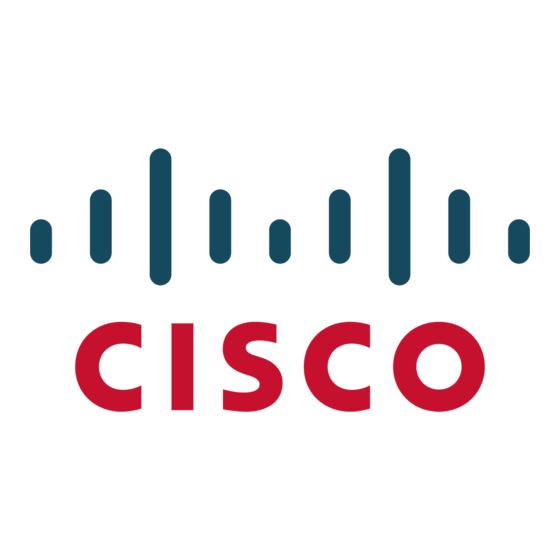What Is the Cisco SIP IP Phone?
The location of the backup SIP proxy can be defined as an IP address in the default configuration
file. See the proxy_backup and proxy_backup_port parameters in the
Configuration File" section on page 3-8
Emergency SIP proxy
•
An optional emergency SIP proxy can be configured with the Route attribute of the template tag in
the dial-plan template file. See "Support of user-defined proxy routing."
When an emergency SIP proxy is configured and a call is initiated, the phone generates an INVITE
message to the address specified in the proxy_emergency parameter. The emergency proxy is used
for the call duration.
The location of the emergency proxy can be defined as an IP address in the default configuration
file. See the proxy_emergency and proxy_emergency_port parameters in
SIP Configuration File" section on page
Support of DNS SRV
•
The Domain Name Server RR (DNS SRV) is used to locate servers for a given service.
SIP on Cisco's SIP IP phones uses a DNS SRV query to determine the IP address of the SIP proxy
or redirect server. The query string generated is in compliance with RFC 2782, and prepends the
protocol label with an underscore _, as in "_protocol._transport." The addition of the underscore
reduces the risk of the same name being used for unrelated purposes.
In compliance with RFC 2782 and the draft-ietf-sip-srv-01 specification, the system can remember
multiple IP addresses and use them properly. In the draft-ietf-sip-srv-01 specification, it is assumed
that all proxies returned for the SRV record are equivalent such that the phone can register with any
of the proxies and initiate a call using any other proxy.
Configurable Voice Activity Detection
•
Voice Activity Detection (VAD) can be enabled or disabled with enable_vad parameter. Use a value
of 0 to disable, and a value of 1 to enable. See enable_vad parameter in
Configuration File" section on page
Distinctive Alerting
•
If the INVITE message contains an Alert-Info header, distinctive ringing is invoked. The format of
the header is "Alert-info: x". The value of "x" can be any number. This header is only received by
the phone and is not generated by the phone.
Distinctive ringing is supported when the phone is idle or during a call. In the idle mode, the phone
rings with a different cadence. The selected ringing type plays twice with a short pause in between.
In call-waiting mode, two short beeps are generated instead of one long beep.
Network Address Translation (NAT) and Outbound Proxy
•
NAT can be enabled or disabled with the nat_enable parameter. You can configure the address of the
NAT or firewall server using the nat_address parameter.
You can configure the IP address and port number of the outbound proxy server. When outbound
proxy is enabled, all SIP requests are sent to the outbound proxy server instead of the
proxyN_address. All responses continue to follow the using the normal Via processing rules. The
media stream is not routed through the outbound proxy.
Cisco SIP IP Phone Administrator Guide Version 3.0
1-8
.
3-8.
3-8.
Chapter 1
Product Overview
"Modifying the Default SIP
"Modifying the Default
"Modifying the Default SIP
OL-2206-01

